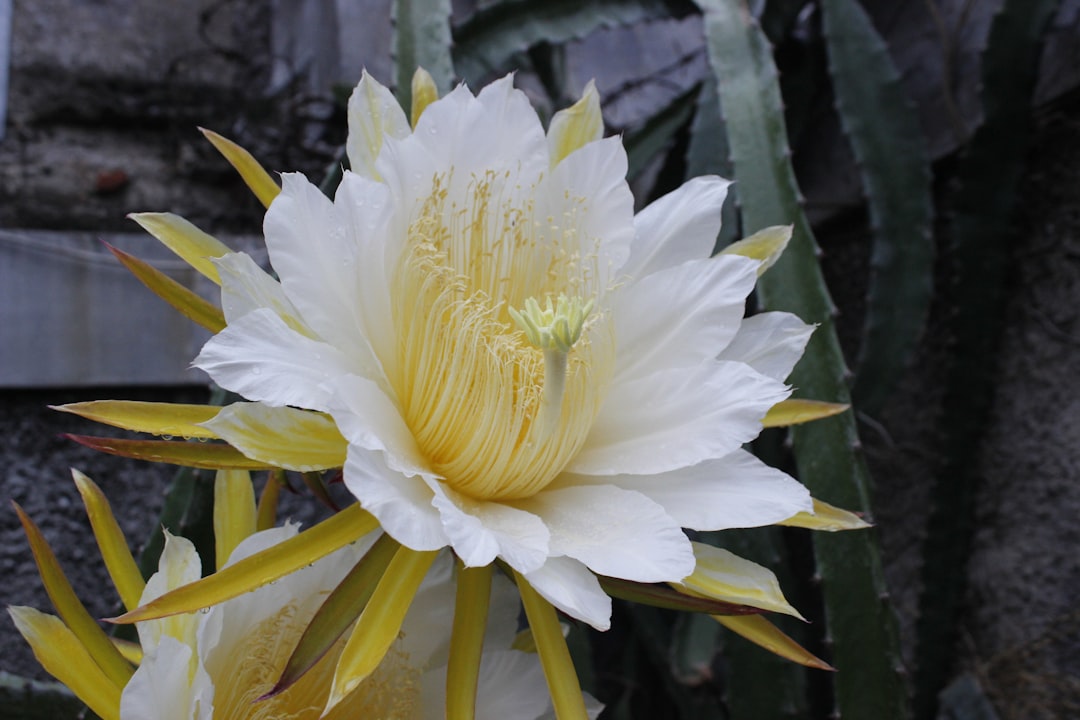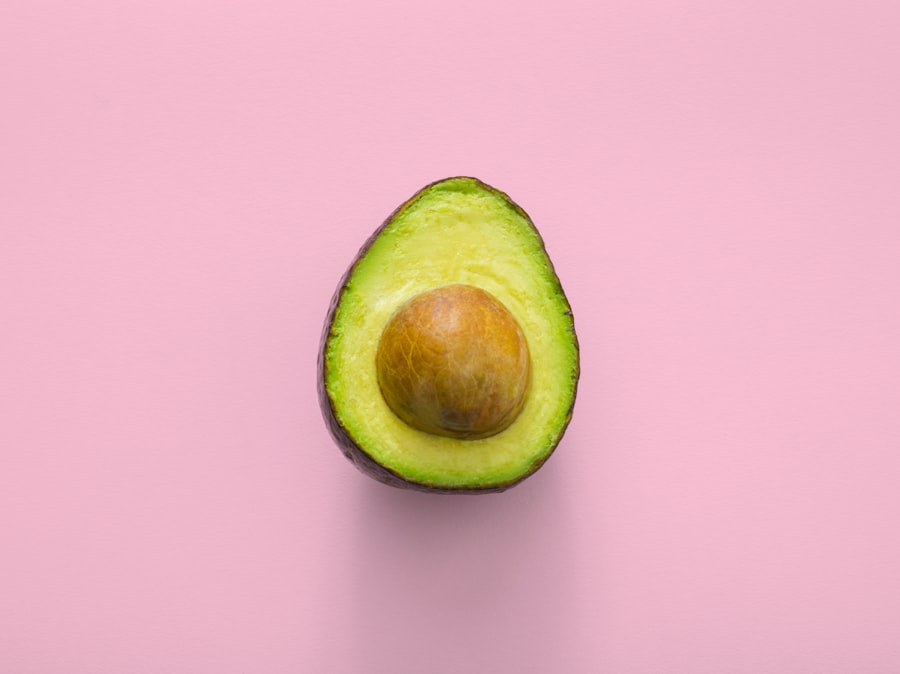Dragon Fruit: Surprising Facts About the Cactus Fruit

Dragon fruit, also known as pitaya, is a unique and exotic fruit that comes from the cactus family. It is known for its vibrant colors and distinct appearance, with its bright pink or yellow skin and green scales. The fruit is native to Central America but is now grown in various countries around the world. Dragon fruit is not only visually appealing but also offers a range of health benefits, making it a popular choice among health-conscious individuals.
The Origins of Dragon Fruit: Where Does it Come From?
The history of dragon fruit dates back centuries, with its origins believed to be in Central America. It is said to have been cultivated by the indigenous people of Mexico and Central America. Over time, dragon fruit spread to other parts of the world, including Southeast Asia and Australia. Today, dragon fruit is commonly grown in countries such as Vietnam, Thailand, Malaysia, and the Philippines.
The Nutritional Benefits of Dragon Fruit: Why it’s Good for You
Dragon fruit is not only visually appealing but also packed with essential nutrients. It is low in calories and high in fiber, making it a great choice for those looking to maintain a healthy weight. Dragon fruit is also rich in antioxidants, which help protect the body against free radicals and reduce the risk of chronic diseases such as heart disease and cancer.
In addition to antioxidants, dragon fruit is a good source of vitamin C, which plays a crucial role in boosting the immune system and promoting healthy skin. It also contains several B vitamins, including vitamin B3 (niacin) and vitamin B6 (pyridoxine), which are important for energy production and brain function.
The Different Varieties of Dragon Fruit: What Are They?
| Variety | Color | Shape | Taste |
|---|---|---|---|
| Hylocereus undatus | Pink | Oval | Sweet, mild |
| Hylocereus costaricensis | Red | Oval | Sweet, tangy |
| Hylocereus megalanthus | Yellow | Oval | Sweet, slightly tart |
There are several different varieties of dragon fruit, each with its own unique characteristics. The most common varieties include the white-fleshed dragon fruit, the red-fleshed dragon fruit, and the yellow dragon fruit.
The white-fleshed dragon fruit has a mild, slightly sweet taste and a creamy texture. It is often compared to a cross between a kiwi and a pear. The red-fleshed dragon fruit, on the other hand, has a sweeter taste and a juicier texture. It is often described as a cross between a watermelon and a kiwi. The yellow dragon fruit is less common but has a similar taste and texture to the white-fleshed variety.
How to Eat Dragon Fruit: Tips and Tricks for Preparing and Serving
Preparing and serving dragon fruit is relatively simple. To start, you will need to cut the fruit in half lengthwise. Then, using a spoon, scoop out the flesh from the skin. The flesh can be eaten as is or used in various recipes.
Dragon fruit can be enjoyed on its own as a refreshing snack or added to smoothies, salads, or desserts. It can also be used to make jams, jellies, and sorbets. The possibilities are endless when it comes to incorporating dragon fruit into your diet.
The Taste of Dragon Fruit: What Does it Taste Like?

Dragon fruit has a unique taste that is often described as a combination of several different fruits. It has a mildly sweet flavor with hints of kiwi, pear, and watermelon. The texture of dragon fruit is also unique, with its soft and juicy flesh.
When eaten at its peak ripeness, dragon fruit is incredibly refreshing and satisfying. Its vibrant colors and tropical taste make it a popular choice among those looking for something different and exciting.
Dragon Fruit in Popular Culture: References in Movies, TV Shows, and More
Dragon fruit has made appearances in popular media over the years. In the movie “Crazy Rich Asians,” there is a scene where the characters enjoy a lavish breakfast spread that includes dragon fruit. The fruit is also often featured in cooking shows and food documentaries, where chefs and food enthusiasts showcase its versatility and unique qualities.
In addition to its appearances in popular culture, dragon fruit holds significance in different cultures around the world. In Asian cultures, dragon fruit is often associated with good luck and prosperity. It is often given as a gift during special occasions and celebrations.
Dragon Fruit Around the World: How Different Cultures Use it in Their Cuisine
Dragon fruit is used in various traditional dishes in different cultures around the world. In Vietnam, it is commonly used in salads, smoothies, and desserts. In Thailand, dragon fruit is often added to fruit salads and used as a topping for shaved ice desserts. In Malaysia, it is used in traditional desserts such as cendol and ais kacang.
In addition to its use in traditional dishes, dragon fruit can also be found in modern cuisine. Chefs around the world have incorporated dragon fruit into their recipes, creating unique and innovative dishes that showcase the fruit’s vibrant colors and distinct flavors.
The Environmental Impact of Dragon Fruit: Sustainable Farming Practices and More
Dragon fruit farming can have a positive environmental impact when done using sustainable practices. Unlike many other fruits, dragon fruit requires minimal water and pesticides to grow. It can thrive in arid conditions and does not require extensive irrigation.
Furthermore, dragon fruit plants can be grown using organic farming methods, reducing the use of synthetic fertilizers and pesticides. This makes dragon fruit a more environmentally friendly choice compared to other fruits that require more resources to grow.
Why You Should Try Dragon Fruit Today!
Dragon fruit is not only visually appealing but also offers a range of health benefits. It is packed with essential nutrients, low in calories, and high in fiber. Its unique taste and texture make it a refreshing and satisfying choice for those looking to try something new.
Whether you enjoy it on its own or incorporate it into your favorite recipes, dragon fruit is a versatile fruit that can be enjoyed in various ways. So why not give it a try and experience the unique flavors and benefits of dragon fruit for yourself?



